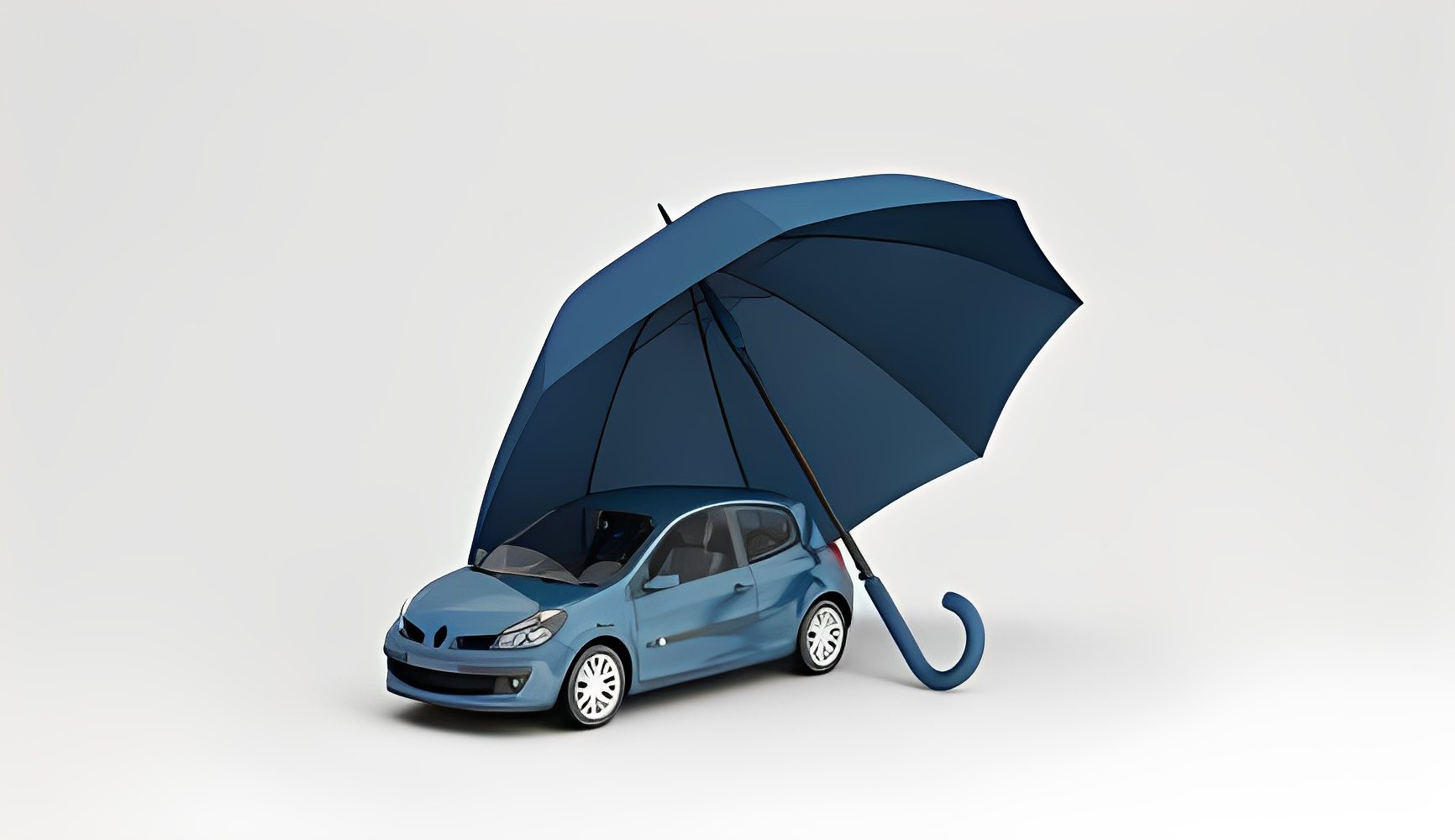Auto insurance is an unavoidable necessity for every vehicle owner, providing a vital financial safety net in cases of accidents, theft, or damage to your car.
However, many individuals struggle to navigate the intricacies of their policies, often leading to unexpected costs hidden in the fine print.
It’s crucial to understand what you’re paying for and what you’re not covered for before committing to a policy. This article will uncover the concealed expenses associated with car insurance and guide you on how to avoid them.
Whether you’re a new driver or an experienced one, deciphering insurance jargon can save you money in the long run.
We’ll demystify details from deductibles to coverage limits, ensuring you can make informed decisions about your car insurance policy.
So, buckle up and get ready to hit the road confidently, knowing you’re adequately protected without any covert costs.
Understanding the Fine Print
Most insurance policies are loaded with fine print that can be challenging to decipher. However, it’s imperative to read and comprehend the policy’s content before signing to prevent unpleasant surprises later on. Deductibles, co-payments, and coverage restrictions are critical topics to grasp.
Deductibles and co-payments
A deductible is the amount of money that you must pay out of pocket before your insurance coverage takes effect. For example, if your automobile is damaged for $1,000 and you have a $500 deductible, you will be responsible for the first $500.
Co-payments are predetermined fees paid for certain services such as towing or automobile rental. Understanding these charges is critical for understanding the intricacies of your policy’s coverage.
Coverage Limitations
The maximum amount your insurance company will pay for a covered claim is indicated by coverage limits. If you have $75,000 in medical expenditures but only $25,000 in coverage, your insurance provider will only cover the latter.
It is critical to select coverage limits that are appropriate for your financial situation. Those with large assets may want to explore higher coverage levels to protect themselves from potential litigation.
Coverage Types
Auto insurance policies typically include various types of coverage, including liability, collision, and comprehensive coverage.
Liability insurance
Most states require liability insurance, which covers harm you cause to other people and their property. This covers medical fees, missed pay, and property damage but not your car or personal injuries.
Coverage for Collisions
Collision coverage covers the costs of repairing or replacing your car after an accident, regardless of responsibility. While it is not required by law, lenders usually need it for financed vehicles.
Comprehensive coverage
Damage to your car caused by non-collision incidents such as theft, vandalism, or weather-related damage is covered under comprehensive coverage. It is not required by law, but lenders may require it.
Additional Coverage Options
Auto insurance policies may feature additional options, such as Personal Injury Protection (PIP), Uninsured/Underinsured Motorist Coverage, and Roadside Assistance.
Factors Impacting Auto Insurance Costs:
Auto insurance costs vary based on factors like
- Age
- Gender
- Driving record
- Vehicle type
- Location
- Credit score.
Hidden Fees
In addition to basic premiums, auto insurance policies may encompass hidden fees, including administrative fees, late payment fees, cancellation fees, and broker fees. To avoid these fees, carefully review the fine print and comprehend the terms before committing to a policy.
Tips for Discovering Affordable Auto Insurance
Auto insurance may seem expensive, but cost-effective coverage is attainable by shopping around, increasing deductibles, seeking discounts, maintaining good credit, and driving safely.
Conclusion
Auto insurance is a crucial expense for vehicle owners. However, understanding your policy’s fine print and hidden costs is essential to prevent unwelcome surprises.
By grasping deductibles, coverage limits, and supplemental coverage options, you can make informed decisions and identify affordable coverage.With the correct auto insurance policy, you can securely protect your finances and hit the road.


